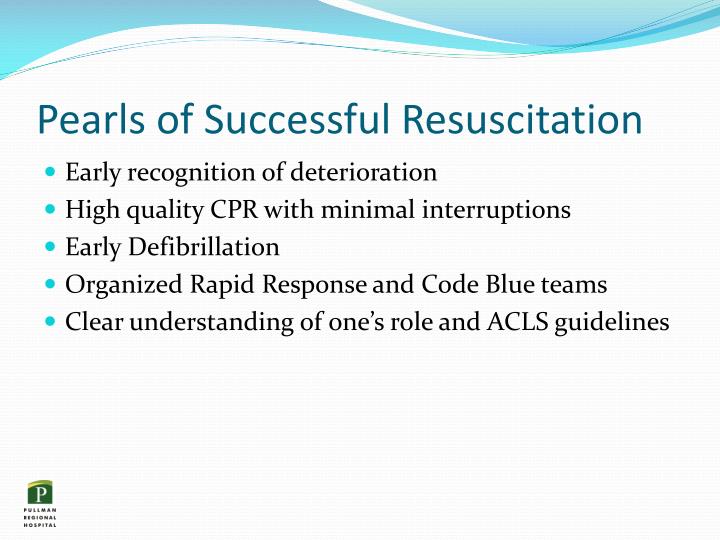
There is insufficient evidence to support or refute the routine use of lidocaine within the first hour after ROSC The routine use of magnesium for cardiac arrest is not recommended in adult patients These drugs may be particularly useful for patients with witnessed arrest when the time to drug administration may be shorter IV access is preferred over intraosseous (IO) access, but IO can be used for ACLS medication administration during resuscitation if there is no IV access (e.g., cannot be obtained)Īmiodarone or lidocaine may be considered for ventricular fibrillation/pulseless ventricular tachycardia that does not respond to defibrillation. Whenever an advanced airway (tracheal tube or supraglottic device) is inserted during CPR, it may be reasonable for providers to perform continuous compressions with PPV delivered without pausing chest compressions Either device may be used if the likelihood of successful tracheal intubation is highĮxpert, experienced providers may place either the supraglottic airway or endotracheal tube in-hospitalīefore placement of an advanced airway (supraglottic airway or tracheal tube), EMS providers should perform CPR with cycles of 30 compressions and 2 breathsĮMS providers should perform CPR with 30 compressions to 2 ventilations or continuous chest compressions with positive pressure ventilation (PPV) without pausing chest compressions until a tracheal tube or supraglottic device is placed If an advanced airway is used, the supraglottic airway should be used for adults with out-of-hospital cardiac arrest where the likelihood of successful tracheal intubation is low. Laypersons should start CPR for people in presumed cardiac arrestĬontinuous arterial blood pressure and end-tidal carbon dioxide measurement can be used to improve the quality of CPR during ACLS resuscitationĪfter a resuscitation, lay rescuers, EMS providers, and hospital-based healthcare workers may benefit from debriefing to support their mental health and well-being


There is insufficient evidence to recommend the routine use of extracorporeal CPR for patients with out-of-hospital cardiac arrest in pediatrics, or any cardiac arrest in adultsĮxtracorporeal CPR may be considered for select pediatric patients with in-hospital cardiac arrest as a rescue therapy when conventional CPR is failing, if it can be implemented competently and efficiently
#Acls chest compression fraction manual
ACLS Manual Updates At-A-Glance: 2020 to 2025Ĭurrent Recommendations – Guideline Updatesĭispatchers should provide chest compression–only CPR instructions to callers for adults with suspected out-of-hospital cardiac arrest (OHCA)īystanders should perform chest compressions for all patients in cardiac arrestīystanders who are trained, able, and willing to give rescue breaths and chest compressions should do so for all adult patients in cardiac arrestīystanders should provide CPR with ventilation for infants and children less than 18 years of age with OHCAīystanders who cannot provide rescue breaths as part of CPR for infants and children less than 18 years of age with OHCA, should at least provide chest compressionsįor EMS systems, a reasonable alternative to conventional CPR for witnessed shockable OHCA is minimally interrupted cardiac resuscitationĮMS dispatchers should offer dispatcher-assisted CPR instructions for presumed pediatric cardiac arrestĮMS dispatchers should offer dispatcher-assisted CPR instructions for pediatric cardiac arrest when no bystander CPR is in progressĮither bag-mask ventilation or an advanced airway strategy may be considered during CPR for adult cardiac arrest in any setting


 0 kommentar(er)
0 kommentar(er)
